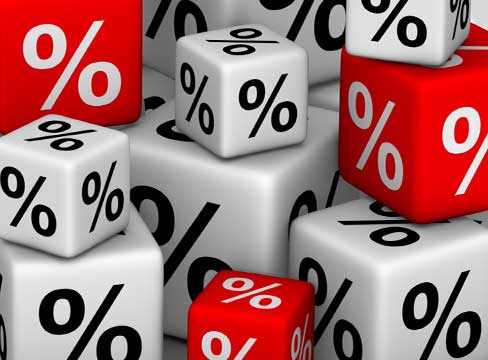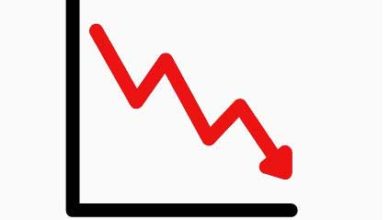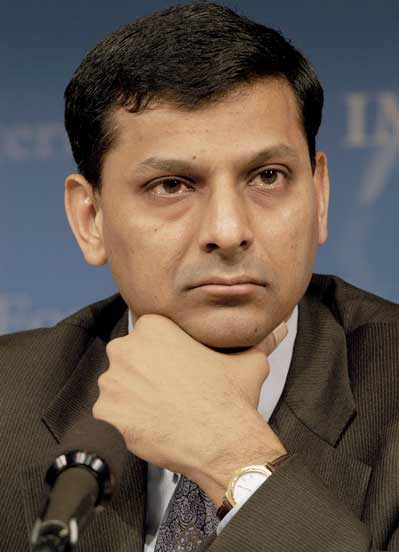RBI keeps repo rate unchanged at 6.50 percent

The Reserve Bank of India ie RBI decided not to increase the repo rate on Thursday. For now, the interest rate will remain at 6.50%. Earlier, RBI had increased the repo rate 6 times in a row. Before today’s RBI decision, experts were speculating that the repo rate could be increased by 0.25%. This is because recently all the central banks of the world including Federal Reserve, European Central Bank, Bank of England had increased the interest rates.
RBI has increased interest rates by 2.50% in 6 times in 2022-23. Monetary policy meets every two months. The first meeting of the last financial year was held in April. Then the RBI had kept the repo rate constant at 4%, but called an emergency meeting on 2 and 3 May and increased the repo rate by 0.40% to 4.40%. This change in the repo rate took place after 22 May 2020.
After this, in the meeting held on 6 to 8 June, the repo rate was increased by 0.50%. Due to this the repo rate increased to 4.90%. Then in August it was increased by 0.50%, taking it to 5.40%. Interest rates went up to 5.90% in September. Then reached 6.25% in December. After this, in February 2023, the interest rates were increased to 6.50%. After increasing the rates 6 times, the increase has been halted.
RBI Governor Shaktikanta Das said, ‘to maintain the ongoing recovery in the economy, we have not made any change in the policy rate, but if needed, we will take steps according to the situation. India’s economy remains strong amid all the global tensions.’
Repo rate – Inflation relation
RBI has a powerful tool to fight inflation in the form of repo rate. When inflation is very high, RBI tries to reduce the money flow in the economy by increasing the repo rate. If the repo rate is high, the loan that banks get from RBI will be expensive. In return, banks make loans costlier for their customers. This reduces money flow in the economy. If the money flow decreases, then demand decreases and inflation decreases.
Similarly, when the economy goes through a bad phase, there is a need to increase money flow for recovery. In such a situation, RBI reduces the repo rate. Due to this, the loan from RBI becomes cheaper for the banks and the customers also get the loan at a cheaper rate. When economic activity came to a standstill during the Corona period, there was a decrease in demand. In such a situation, RBI increased the money flow in the economy by reducing the interest rates.








